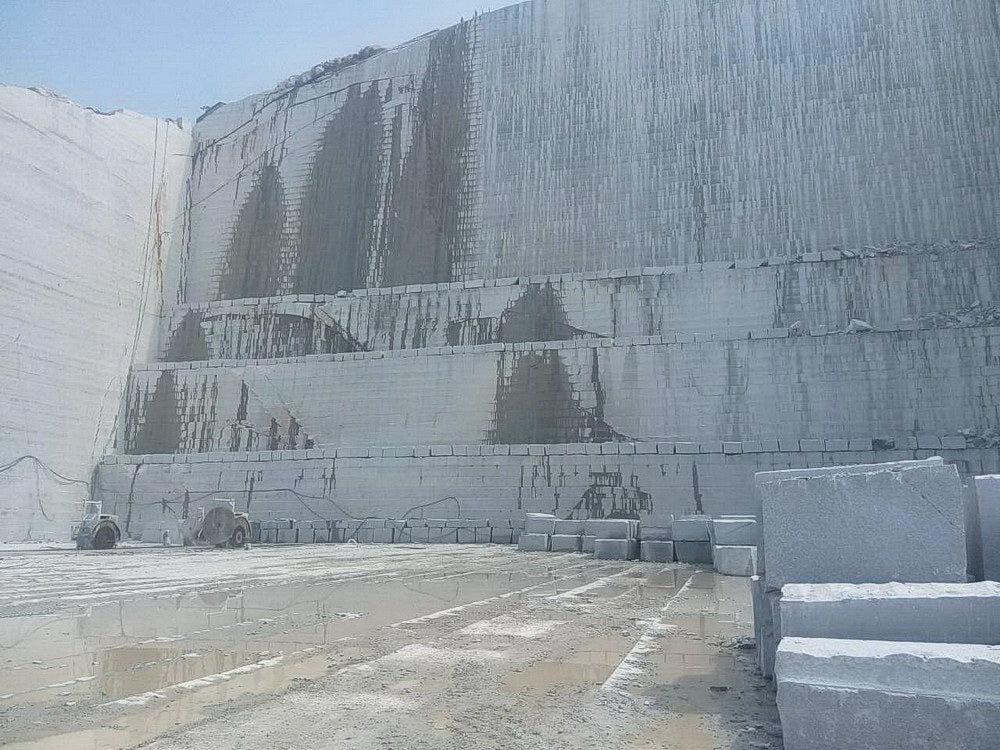The Hidden Gems: Discovering Granite Quarries in South Africa
The Hidden Gems: Discovering Granite Quarries in South Africa
Blog Article
Uncovering the Rich Background and Lasting Practices of Granite Quarrying
As we base on the precipice of uncovering the complex tapestry of granite quarrying, a trip via time exposes not simply the physical act of drawing out stone yet additionally the cultural and historic relevance woven right into the extremely material of this method. From the old beginnings that laid the foundation for modern-day quarrying strategies to the sustainable methods that are forming the future of this market, each chisel mark on granite surface areas narrates waiting to be uncovered (granite quarries in south africa). The tradition of granite quarrying extends much beyond plain extraction; it is a testimony to human resourcefulness, durability, and the long-lasting attraction of this stunning rock
Ancient Beginnings of Granite Quarrying
Going back to ancient civilizations, the practice of quarrying granite has been an integral part of human history and building improvement. The earliest evidence of granite quarrying dates back to old Egypt, where enormous pyramids and intricate sculptures were crafted from this long lasting stone. The Egyptians utilized primitive tools to extract granite blocks from quarries, showcasing the significance of this product in their significant buildings.
Relocating ahead in history, the Greeks also made substantial payments to the quarrying of granite. The Greeks made use of granite in numerous architectural marvels, such as holy places and statuaries, showing their skill in shaping and sculpting this hardy rock. The Romans better fine-tuned the methods of quarrying granite, using innovative tools like chisels and hammers to essence and shape granite for their iconic structures.
Via the centuries, the technique of quarrying granite has evolved, with modern-day innovations enhancing efficiency while maintaining the ageless allure of this all-natural stone - granite quarries in south africa. From ancient people to contemporary builders, the heritage of granite quarrying proceeds to shape our globe
Advancement of Quarrying Techniques
The evolution of quarrying strategies has been marked by a constant progression towards higher performance and precision in extracting granite. From the basic approaches utilized by our ancestors to the sophisticated innovations utilized in modern quarrying procedures, the sector has actually undertaken substantial innovations. Early quarrying strategies included manual work with fundamental devices such as blades, hammers, and wedges to draw out granite blocks from the earth. As people progressed, techniques like fire-setting and primitive nitroglycerins were introduced to facilitate the extraction process.
In even more recent times, the introduction of machinery revolutionized the quarrying industry, making it possible for faster extraction prices and boosted productivity. Technologies such as ruby cord saws, high-pressure water jets, and pneumatically-driven drills have ended up next page being standard in modern-day quarries, permitting exact cutting and lowered waste. Moreover, developments in computer-controlled devices and 3D modeling have enhanced quarrying procedures, bring about minimal ecological influence and enhanced sustainability practices. As the demand for granite proceeds to rise, the development of quarrying strategies remains integral to meeting sector requires successfully and sustainably.
Cultural Importance of Granite
Granite holds an extensive cultural importance throughout numerous human beings due to its enduring existence in architectural work of arts and respected monuments. From the marvelous pyramids of Egypt to the complex carvings of the Angkor Wat temple in Cambodia, granite has actually been a material of choice for revealing magnificence and durability in cultural heritage. In old Rome, granite columns adorned holy places and public buildings, symbolizing strength and durability. The cultural importance of granite expands beyond its physical attributes; it symbolizes durability, stability, and eternity, making it a sign of withstanding traditions and traditions.

Sustainable Practices in Quarrying
In the middle of the abundant background of granite quarrying and its cultural importance exists an expanding focus on sustainable techniques within the industry. As environmental awareness and worries about source deficiency have heightened globally, the quarrying field has actually significantly accepted sustainable techniques to minimize its influence on the environment and bordering neighborhoods.

Additionally, improvement and rehabilitation of quarry websites post-extraction are essential to lasting practices. By bring back quarried locations to a natural or valuable state, such as producing wild animals environments or recreational spaces, quarriers can offset the environmental impact of have a peek at this website their operations and contribute favorably to the local ecosystem.
Tradition of Granite Quarrying
With a historical backdrop soaked in craftsmanship and industrial development, what withstanding impact has granite quarrying left on the landscape of modern society? The legacy of granite quarrying goes beyond mere extraction methods; it has formed building wonders, urban landscapes, and cultural heritage worldwide. The resilient nature of granite has made it a preferred option for monuments, buildings, and facilities, standing as a testimony to the ability and creativity of quarry employees across generations.
In addition, the economic footprint of granite quarrying can not be forgotten. The sector remains to give employment possibility and drive neighborhood economies in areas where granite extraction is prevalent. It has also spurred technological improvements in quarrying methods and tools, bring about a lot more effective and lasting techniques.
In regards to sustainability, the legacy of granite quarrying includes efforts to reduce environmental effects through improvement projects and responsible resource monitoring. By stabilizing economic interests with environmental stewardship, the sector makes every effort to make sure that future generations can remain to take advantage of this enduring natural deposit.
Conclusion

Report this page